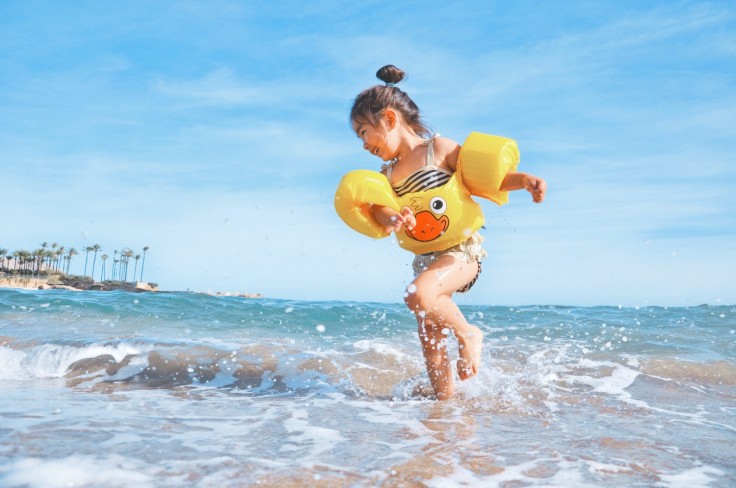
The heatwave affects everyone as the summer sets in, leaving many of us in heat exhaustion. High temperatures not only make children and babies uncomfortable but also harm them.
According to Seattle Children, there are three main reactions to hot temperature and heat waves. These are:
Heat cramps
This condition is when muscles in the legs (calf or thigh muscles) or stomach get brief, painful cramps that can happen during or after vigorous exercise in extreme heat. Sweating during intense physical activity causes the body to lose salts and fluids. The low level of salt causes muscle cramping. Most often, the patient will not have a fever but may experience spasms in the hands.
Heat cramps also happen when kids are not drinking enough fluids while under the heat. Symptoms of heat cramps should go away in a few hours after the child has cooled off or taken an ample amount of liquid.
Heat exhaustion
The symptoms include pale skin, profuse sweating, and nausea. They may also experience dizziness, fainting, or weakness. They can also have a mild fever of 100 - 102° F (37.8 - 39° C) for a short time. But most often, there are no signs of fever.
Heat exhaustion is caused by dehydration from sweating.
However, heat exhaustion can progress to heat stroke when not treated immediately.
Heatstroke or sunstroke
Parents should know that heatstroke is a severe condition that needs to be treated as a medical emergency.
The symptoms include flushed skin with a fever as high as 105° F (40.5° C). In kids, 50 percent with heatstroke do not sweat. It also causes confusion, coma, or shock in children.
Other signs of heatstroke include severe headaches, weakness or dizziness, rapid heartbeat or breathing, flushed, dry skin, nausea, and seizure.
Kids are at risk of heatstroke if they overdress or do intense physical activity in hot temperatures without drinking water.
Parents are warned to regularly check their cars before leaving for work or other activities, as many toddlers die in the car when trapped inside on a hot day. When the temperature reaches 93° F, the temperature inside the car can reach 125° degrees in just 20 minutes, raising a baby's body temperature to dangerous levels.
Ways to prevent exhaustion and heatstroke
According to HuffPost, parents may prevent heat stroke or heat exhaustion by ensuring the kids drink enough cold drinks when exercising. Kids should be encouraged to wear light-colored, loose clothing and take cool baths or showers when the temperature is high. Guardians may also sprinkle water over their skin and clothes when the heat becomes unbearable.
Most importantly, kids (or adults) should avoid too much sun exposure between 11 a.m. and 3 p.m.
When at home, close windows, blinds, and curtains and stay on lower floors as it is cooler. Fans may be helpful when there is no access to air conditioning but keep it at a distance from kids to avoid safety hazards, Healthy Children says.